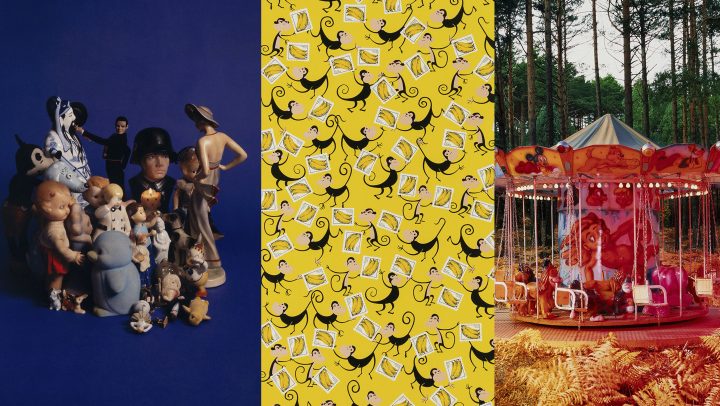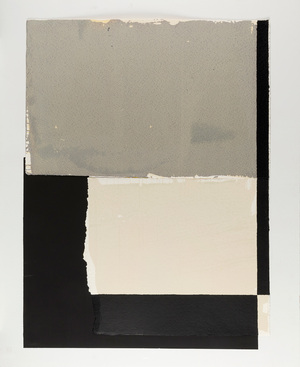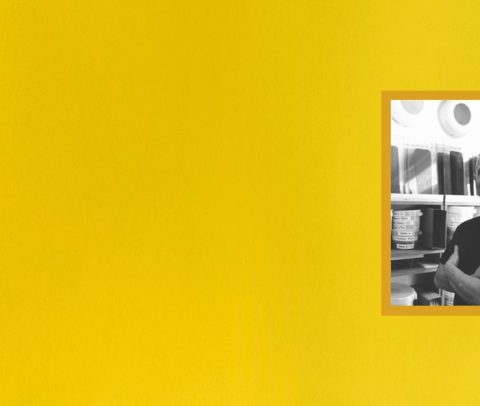Collections such as the one presented at auction on November 6, show us the infinity and variety of options that collecting graphic art and photography offers us.
The twentieth century marked a radical change in collecting, not only in the object of the collection but also in who collects. In this regard, the dissemination of graphic art and photography through art auctions has brought about a substantial change in the way of conceiving art collecting, whose history has been inextricably linked to the social elites.
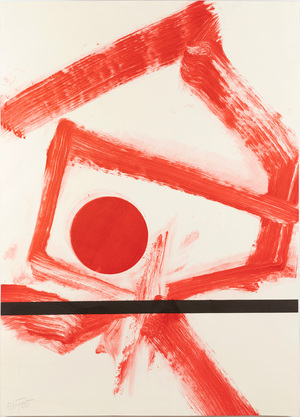
Both by their seriable nature and by their involvement in social transformations, engraving techniques symbolized the beginning of the democratization of art, making it more accessible to the general public and allowing us to fantasize about the possibility of acquiring a Picasso or a Miró without having to shell out large sums of money. However, this very characteristic has very often and erroneously led us to consider it a minor art. On the contrary, we must think of graphic art as an artistic technique with a series of particularities that have allowed us to discover, experiment and open up an endless number of new aesthetic paths.. Therefore, far from conceiving it as a minor art, we should consider these artistic techniques as their creators do: that is, as an artistic expression with its own entity that opens the door to a creative universe full of possibilities. In fact, since its inception, graphic art has been one of the techniques through which great masters have given free rein to their creativity and need for experimentation.
The collection we present to you focused on contemporary graphic production is an excellent example of the technical and expressive richness that printmaking techniques have allowed to develop. Thanks to artists such as Feito, Barjola, Canogar or Genovés and the virtuosity and mastery of the different intaglio procedures they display in works such as those we present today, graphic art has reached its maximum expressive potential. In this sense, the combination and simultaneity of techniques that we see in many of the specimens in bidding, leads us to a variety of shades, textures and finishes that turn them, in spite of their serial nature, into works of unquestionable aesthetic value. In fact, the artist’s involvement in the process may include the incorporation of techniques applied after the printing process, such as collage or manual intervention, which will undoubtedly give the piece an extra touch of exclusivity.

As far as photography is concerned, since its invention in 1839, it has become a fundamental communication tool for society, but also a key element in the evolution of fine arts. However, its consideration and value as an artistic practice in its own right has been evolving and consolidating as photographic techniques and procedures have advanced. Thus, while at first the daguerreotype was created as a tool for science, later it was the element that made the daguerreotype the most important tool in the field of science.Once and for all it freed the pictorial practice of its mimetic function until it became, during postmodernity, the ideal medium to convert any object into a fetish.

The multitude of creative procedures and aesthetic possibilities that photography encompasses shine through in the set of tendered works whose architects are undoubtedly synonymous with international success and prestige. With a radically different proposal and language, great photographers such as Josep Fontcuberta, Liliana Porter, Rosa Muñoz or Hanna Collins explore under a critical eye the challenges and complex realities of today’s world, but also face in their creations, the own challenges that the evolution that this artistic practice poses to them. In this sense, the double intentionality intrinsic to photography, given by both its documentary and artistic value, makes it one of the most significant arts for man and his evolution.
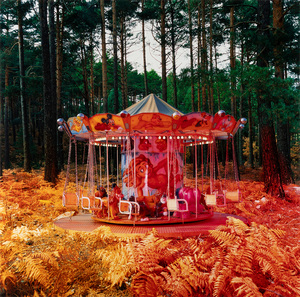
Thanks to this type of techniques that have managed to connect with the reality of our time, art has achieved a greater degree of accessibility and therefore a more direct impact among the new generations of collectors, who see in them a reflection of their concerns and interests, but also of their aesthetic preferences. In addition, the wide range of prices offered, depending on the type of product, is the type of technique used, the number of copies per edition, the dimensions of the pieces or if there is a subsequent work by the artist on the piece, has contributed to expand a niche that, like collecting, has always been highly specific.
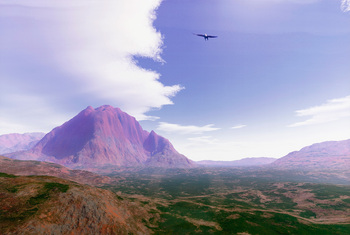
Undoubtedly, the selection of works under bidding represents an excellent opportunity both for those collectors who are new to this field, as well as for those who have a long experience and knowledge within the sector.

